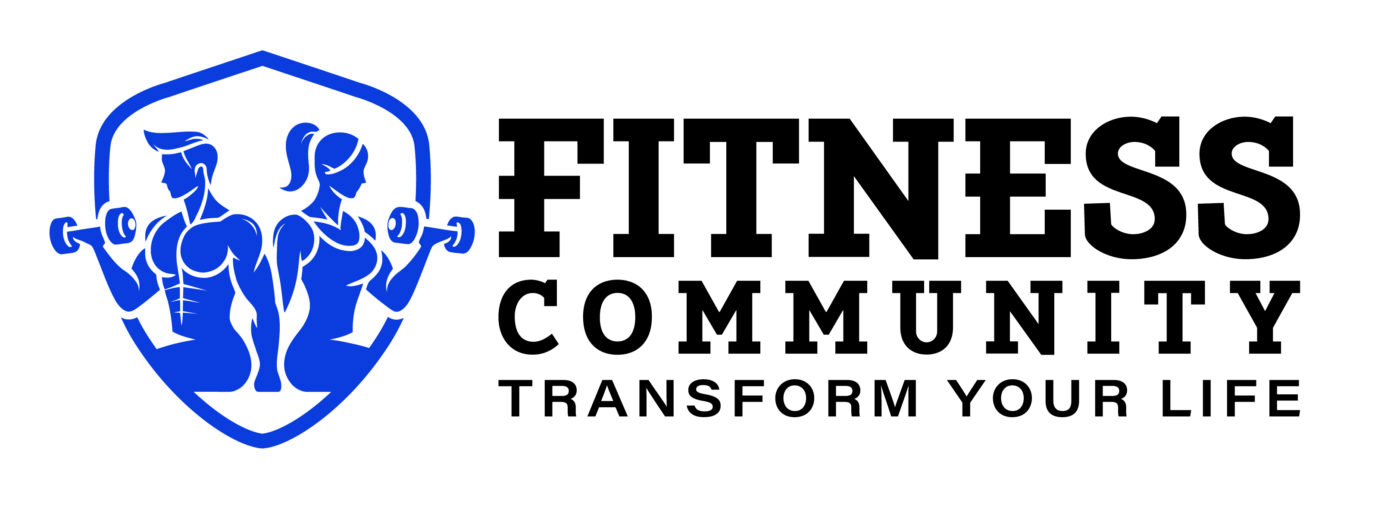HIGH-INTENSITY INTERVAL TRAINING
Why Does HIIT Boost Brain Health?
High-Intensity Interval Training doesn’t just challenge your muscles—it sparks powerful changes inside your brain. When you engage in HIIT, your body responds with a series of physiological reactions that have been shown to support brain health in several key ways:
- Increased Blood Flow and Oxygenation
HIIT dramatically raises your heart rate, which boosts circulation. This increased blood flow delivers more oxygen and nutrients to the brain, supporting mental clarity, focus, and overall cognitive function. - Boost in Brain-Derived Neurotrophic Factor (BDNF)
HIIT has been shown to elevate levels of BDNF—a vital protein that promotes the growth, survival, and plasticity of neurons. Think of BDNF as brain fertilizer, helping to keep your neurons healthy, adaptable, and capable of forming new connections. - Reduced Inflammation and Improved Insulin Sensitivity
Chronic inflammation and poor insulin response are both associated with cognitive decline and neurodegenerative diseases. HIIT combats both by lowering inflammatory markers and improving how your body processes glucose—fuel your brain needs to function optimally. - Enhanced Cardiovascular Fitness
A strong heart means a better ability to deliver oxygen-rich blood to every part of your body, including your brain. Over time, this improved circulation can support memory, attention, and even mood stability.
What This Means for Older Adults
The takeaway is clear: it’s not just that you move—it’s how you move that counts. This study reinforces that higher-effort, structured activity like HIIT may offer unique benefits for aging brains.
And don’t worry—HIIT is not one-size-fits-all. You don’t have to sprint at full speed or do burpees to reap the rewards. The key is pushing yourself slightly outside your comfort zone, relative to your current fitness level. That could mean alternating between brisk and moderate walking, water aerobics, or using a recumbent bike in intervals.
Bottom Line: Move With Intention, Think With Clarity
No matter your age, it’s never too late to make a brain-boosting investment in your health. HIIT may be one of the most effective—and efficient—ways to do just that.
If you’re in your 60s, 70s, or even 80s, incorporating safe, tailored intervals into your weekly routine could help preserve your memory, sharpen your thinking, and even support emotional well-being.
Start small, consult with your doctor or a fitness professional, and build gradually. Whether it’s fast-paced walking, swimming laps in short bursts, or guided interval sessions on a treadmill, your brain will thank you for the challenge.

